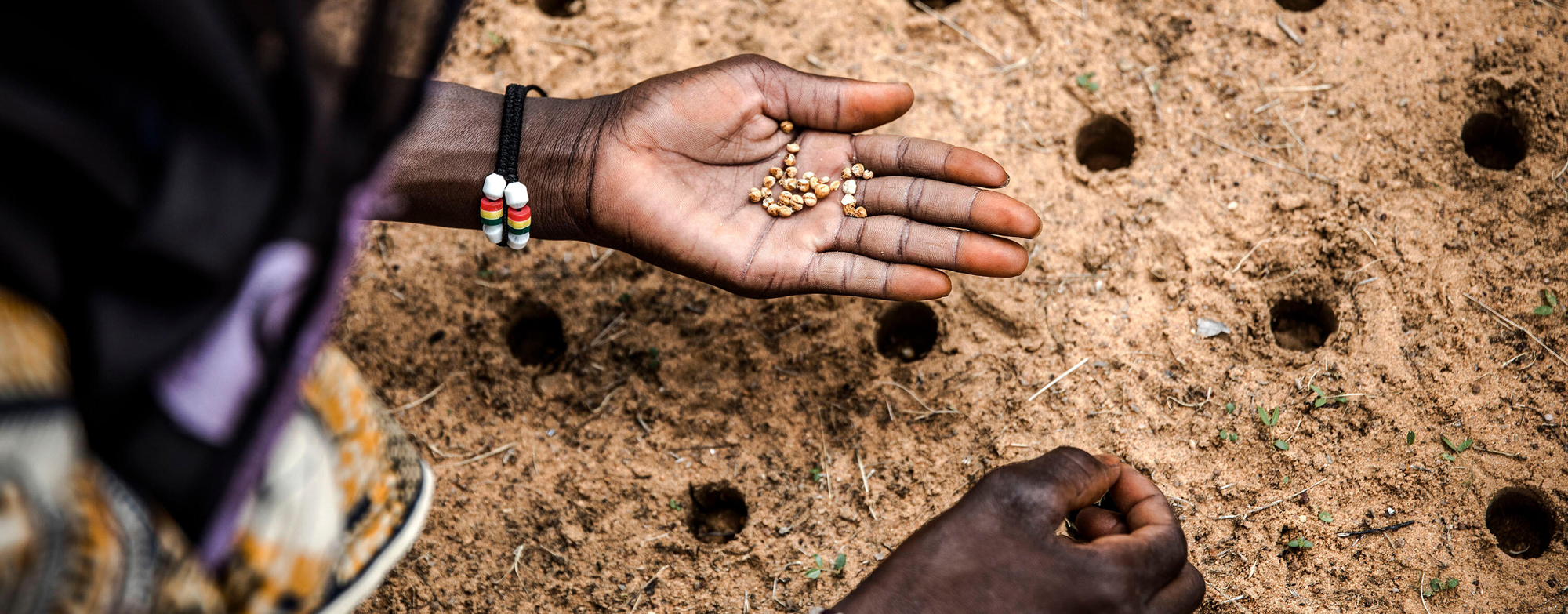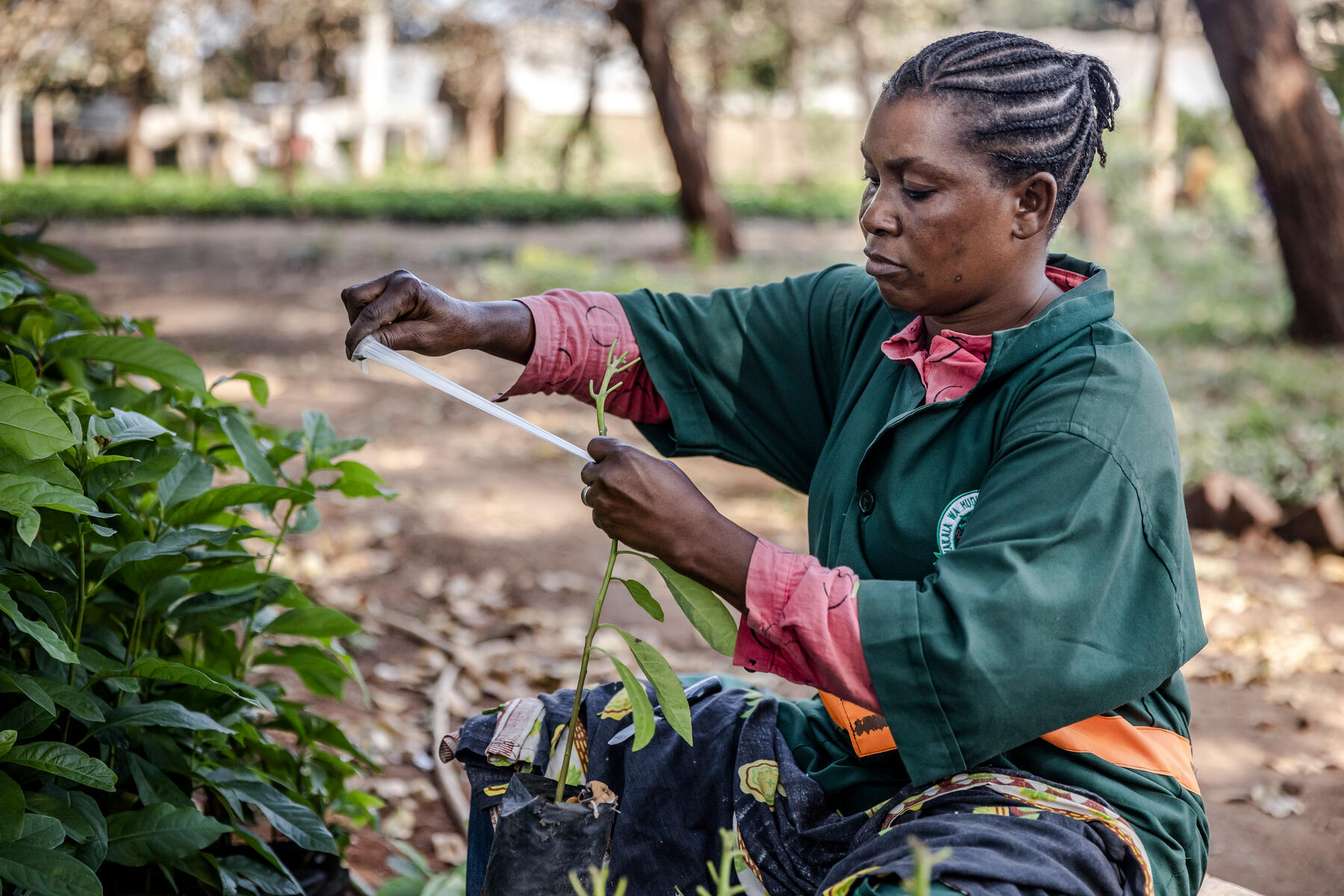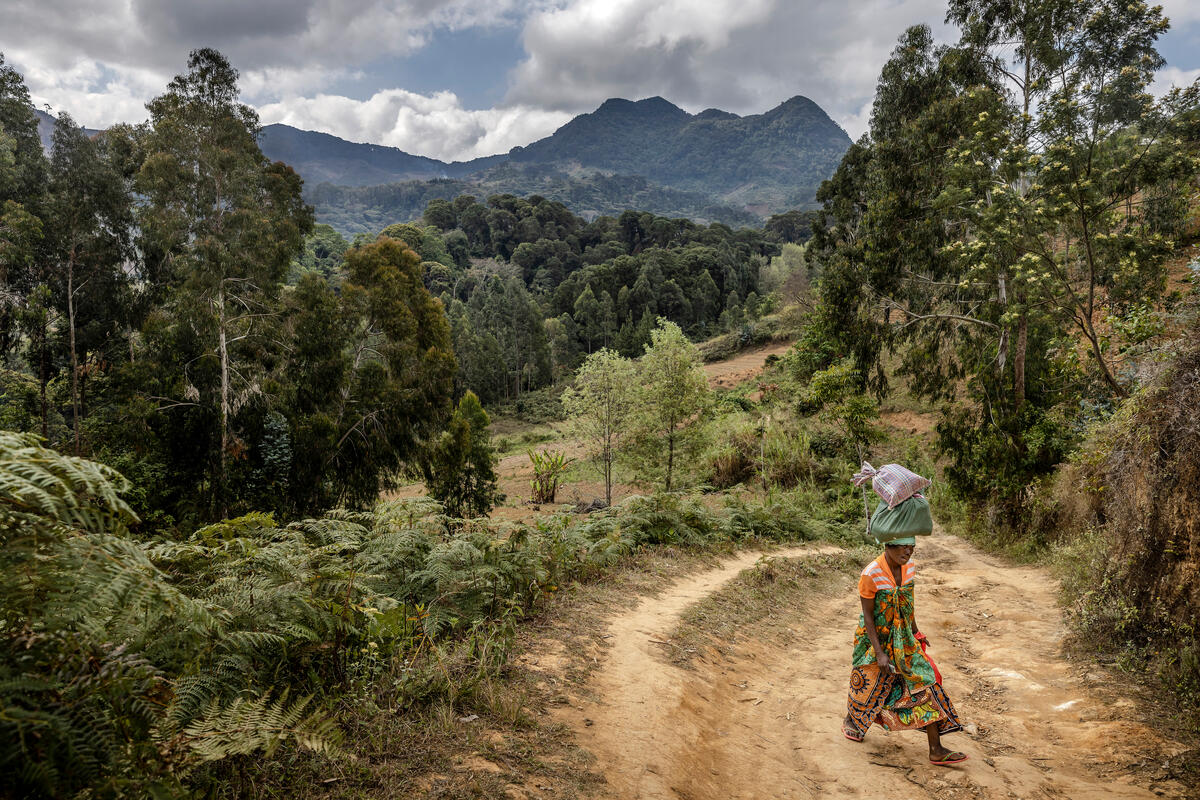
One Health: A healthy future for forests
One Health approach: Emphasizes the interconnected health of humans, animals, plants and ecosystems, promoting cross-sector collaboration to address forest-related health risks.
Disease prevention: Sustainable forest management and creation of wildlife corridors help reduce human-wildlife interactions, lowering the risk of zoonotic disease spillover.
Biodiversity conservation: Maintaining diverse forest ecosystems acts as a natural barrier against the emergence of infectious diseases.
Sustainable practices: Implementing eco-friendly forestry and agriculture practices near forests enhances ecosystem resilience zand reduces environmental degradation.
FAO initiatives: Projects in Africa and Southeast Asia focus on preventing outbreaks like Ebola and Nipah virus through community training, surveillance, and ecosystem restoration.
Forests are the lungs of our planet, teeming with life and providing essential services for humans and animals alike. But these vital ecosystems face a multitude of threats, from deforestation and climate change to emerging diseases. This is where the One Health approach offers a holistic solution to safeguard our precious forests.
One Health recognizes the interconnectedness of human, animal, and environmental health. It fosters collaboration between various sectors – forestry, agriculture, wildlife management, human and animal health – to tackle health risks at the interface of these domains. In the context of forests, this translates to a multi-pronged approach:
Disease prevention: Deforestation and habitat fragmentation disrupt the delicate balance in forest ecosystems. This can bring wild animals, often carrying zoonotic diseases (diseases transmissible between humans and animals), into closer contact with humans and livestock. The FAO, through One Health, promotes practices like sustainable forest management and wildlife corridor creation. These methods minimize human-wildlife interaction, reducing the risk of disease spillover.
Biodiversity conservation: Healthy, diverse forests act as natural barriers against the emergence of infectious diseases. A rich tapestry of plant and animal life fosters a stable ecosystem where pathogens struggle to gain a foothold. FAO advocates for biodiversity conservation efforts within forests. This might include protecting endangered species or preventing the introduction of invasive plants, micro-organisms and animals.
Sustainable practices: Unsustainable forest practices as well as agricultural practices near forests can contribute to deforestation and disrupt the delicate balance of the ecosystem. This can lead to soil erosion, reduced water quality, and ultimately, weakened forest resilience.


The FAO's commitment to One Health is evident in its various initiatives across the globe. Here are a few examples:
Ebola outbreak prevention in Africa: FAO works alongside the World Health Organization (WHO) and the World Organisation for Animal Health (WOAH) to prevent Ebola outbreaks in Africa. This involves training wildlife rangers and communities on identifying signs of disease in animals, promoting safe handling practices for potentially infected wildlife, and strengthening laboratory capacities for rapid diagnosis.
Combating emerging diseases in Southeast Asia: FAO collaborates with regional governments in Southeast Asia to address the rise of Nipah virus, a zoonotic disease transmitted by fruit bats. This involves promoting good agricultural practices in fruit orchards, raising awareness among farmers about the risks, and conducting surveillance activities in bat populations.
Ecosystem restoration and disease control: FAO supports initiatives that combine forest restoration with pest and disease control programmes. This could involve management of invasive species and planting native trees to create wildlife corridors or restoring degraded areas to provide natural buffers between humans and wildlife populations.

